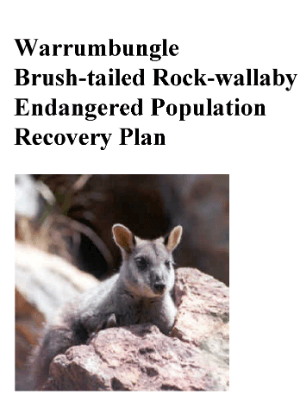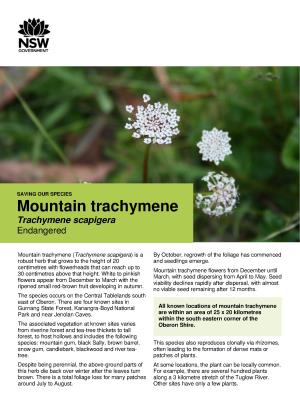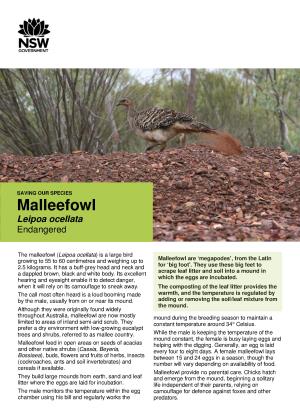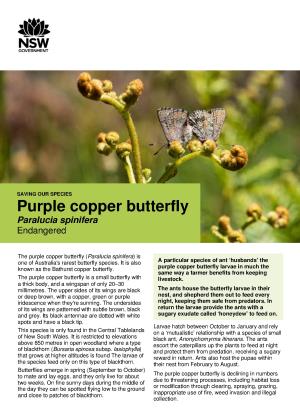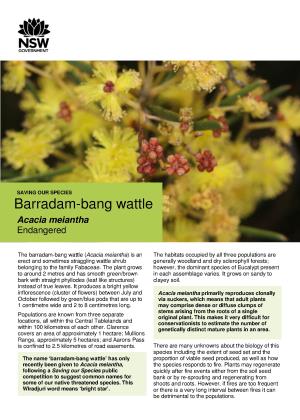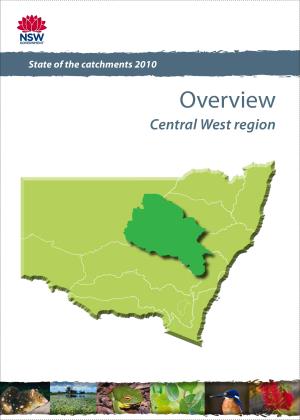The rock-wallaby population in Warrumbungle National Park was thought to be extinct in 1991 after survey work found no new signs of the species (Shelley 1992, 1993). In 1993 Park staff found fresh pellets at one site. Extensive ground surveys from 1993 to 1999 located seven small colonies of Brush-tailed Rock-wallabies in the Park and on a neighbouring property. Based on general assessment of pellet numbers and distribution, 40 animals were estimated to remain at that time. Rock-wallabies at this site were declared an Endangered Population under the Threatened Species Conservation Act 1995 (TSC Act) in 1997.
The Coonabarabran Area of the NSW National Parks and Wildlife Service (NPWS) has been managing rock-wallabies in the Warrumbungles with population monitoring and threat abatement, which has recently intensified. Changes in relative population size, as monitored with pellet counts, indicate that two colonies have declined, one of which may be extinct. This Recovery Plan aims to refine the current threat-abatement and monitoring programs, and recommends additional actions to increase the chance of successfully recovering the Brush-tailed Rock-wallabies in Warrumbungle National Park to a viable population level.

